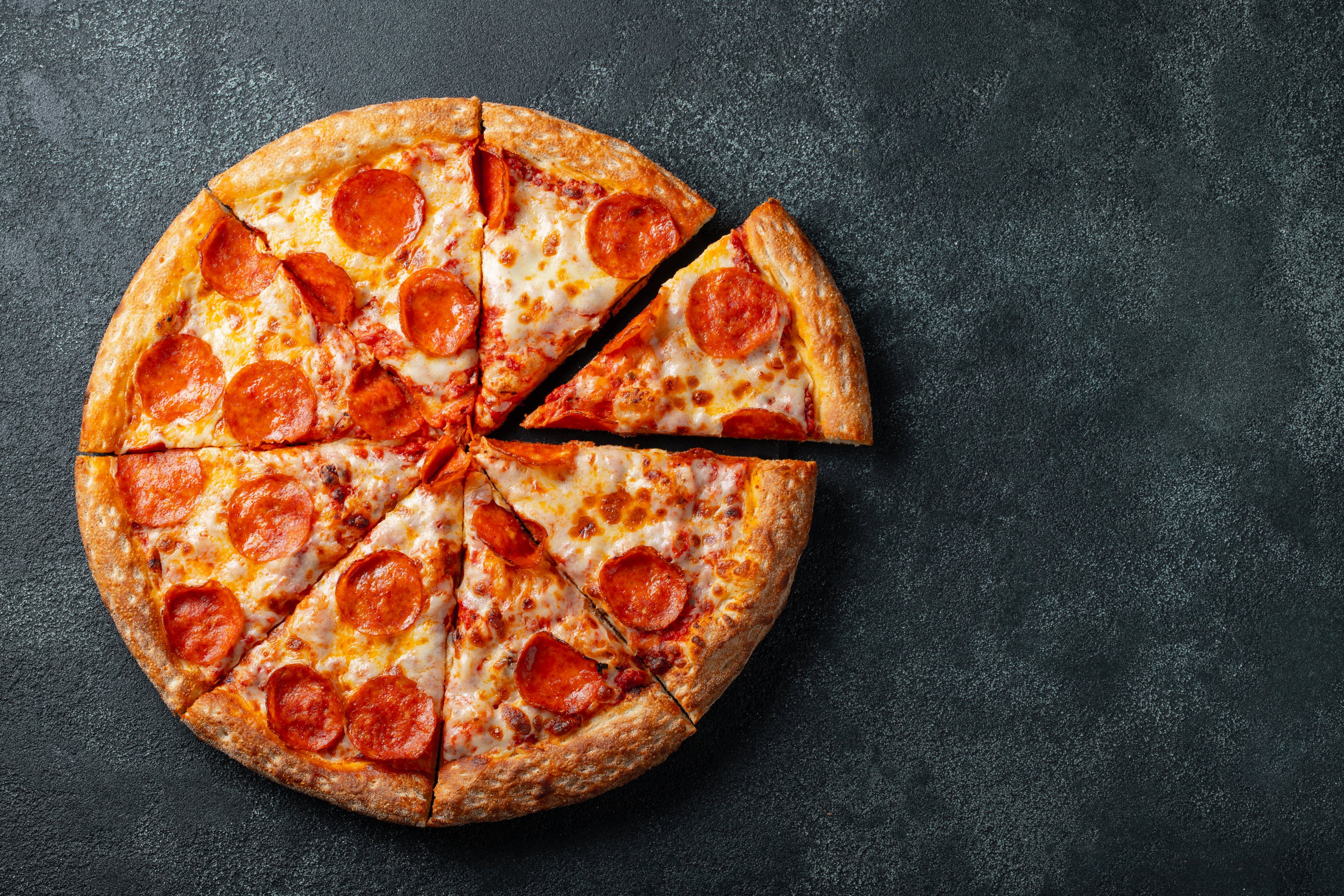When Domino's Pizza (DPZ +0.02%) announced plans this quarter to buy back $1 billion worth of stock, it raised concerns for some about the sustainability of Domino's growth trajectory. The concerns were tied, in part, to the fact that the share repurchases come at a time when the largest pizza chain in the world is also missing same-store sales estimates and lowering growth forecasts.
Domino's buyback situation
Share repurchases, commonly referred to as buybacks, occur when a company uses capital to purchase shares from the open market or from other investors. By reducing the number of outstanding shares, management can increase share value in the short term without binding the company to a dividend payment increase.

a Domino's Pizza storefront in Pensacola, Florida. Image Source: Domino's.
An additional $1 billion buyback will give Domino's a three-year aggregate buyback of approximately $3 billion. With current common shares outstanding of 40.9 million and a current share price of approximately $257, a $1 billion buyback will purchase roughly 3.9 million shares and reduce the shares outstanding by 9.5%.
In most cases, companies use cash on hand to repurchase shares. This is not how Domino's is handling the transaction.
Domino's has been borrowing money to decrease the share float from 55.6 million shares in 2014 to 40.9 million in the trailing 12 months -- a reduction of 26.5%. As a result, total debt that was $1.5 billion in 2014 has increased to $3.68 billion for the most recent trailing 12 months. That figure is also more than 10 times the company's trailing-12-month free cash flow of $356 million.
Why debt-financed buybacks can backfire
Notably, the most well-known blue-chip stock in U.S. history, General Electric (GE 0.14%), is also notorious for share buybacks. When the company spent over $24 billion on buybacks in 2016 and 2017 using a combination of debt and cash (an overall total of $53.9 billion over the past decade purchasing over two billion shares), GE's debt levels rose to $109 billion, its credit rating has fallen to junk status and its share price has dropped 81% from a high of $31 in 2016 to around $9 per share today. Investors are understandably angry, as management gambled with a share price rather than pay down debt and focus on the financial integrity of the company for the long term.
How buybacks can inflate results
As an incentive to management, reducing the total number of shares often boosts earnings per share (EPS) of a company. A slowdown in bottom-line growth can thus be camouflaged as fewer shares are available per year, giving net income fewer shares to be divided over -- thereby increasing the EPS.

Data source: Domino's Pizza. Chart by author.
Additionally, reducing shares outstanding has an impact to return on equity (ROE) and return on assets (ROA), as both cash and shareholders' equity are reduced to repurchase shares. As cash and shareholders' equity are divided from net income, the denominator shrinks and the numerator stays the same -- inflating the ROA and ROE.
Buybacks greatly reduce a company's safety nets
If growth slows, shares prices will decrease, making the repurchase a losing proposition (as it did in the GE example). Domino's reported cash on hand in the third-quarter earnings announcement was $66.7 million, which is a lot less than the $3.4 billion in long-term debt. Cash is a reserve to protect a company from unforeseen risks. Binding the company with significant debt can restrict cash flow, increasing shareholder risk. Interest expense from debt in the third quarter was $32.8 million, or 23% of operating income. By adding another $1 billion in debt with a weighted average borrowing rate of 4% -- the interest rate reported in the 2018 annual report -- $10 million in interest expense will be added each quarter, raising it by 30%.
As management admitted in its 2018 annual report, "[Our] substantial indebtedness could adversely affect our business and limit our ability to plan for or respond to changes in our business."
Moreover, Domino's has a negative shareholder equity ratio of 1.25 -- which means the company owes more than it's worth. In the third quarter, management announced a lower revised growth estimate for same-store sales between 7% and 10% rather than the 8% to 12% original forecast, along with a revised international growth forecast between 1% and 4% over the original 3% to 6% forecast. Growth reductions were due to increased competition from food delivery companies like Uber Eats, Grubhub, and DoorDash. These companies are beginning to eat away at the delivery market share, reducing Domino's competitive advantage.
Don't get burned
Domino's shares are currently priced for growth with a forward price-to-earnings ratio of 27.09. Assuming growth forecasts are conservative, and Domino's doesn't experience unexpected scenarios that require significant cash injections, the growth story will continue at slower rates in the short term -- but hopefully, keep expanding in the long term.
Investors purchasing Domino's shares at their current valuation are taking on substantial risk with a negative debt to equity ratio, increased competition, and a slowdown in growth. As the debt pile continues to grow, shareholder concern should grow as well -- and may spark a further examination of the reasoning behind the $1 billion share repurchase.







